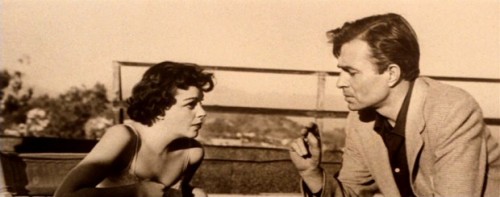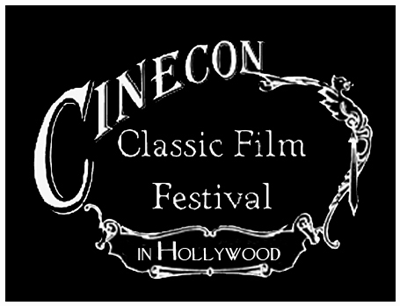
The Castro district of San Francisco filled with silent film fans from around the world June 1-4, as the San Francisco Silent Film Festival kicked off for the 22nd year in a row. As loyal readers of this blog know, the San Francisco Silent Film Festival is a particular favorite of mine. The atmosphere is cozy and laid back, staffed by nearly all volunteers, and most of the sponsors are local small businesses.
While the festival’s operations reflect its San Francisco locale, the programming has a decidedly global feel. Every year, the program features silent films from such disparate places as Sweden, Germany, China, Bali, and Russia, in addition to the standard Hollywood fare that we’ve come to expect. To elevate what’s on the screen, world-class musicians play music live alongside the screen. One year, when they showed the Balinese silent film Legong: Dance of the Virgins, the festival brought in a full Balinese gamelan ensemble to provide the accompaniment. It was one of the most thrilling moments in the entirety of my filmgoing life.
The festival also makes it a habit to show new restorations, ones that either they collaborated on, or that are significant in some way. One of the featured restorations this year was Get Your Man (1927), directed by Dorothy Arzner and introduced by Cari Beauchamp. It was a delightful film, starring the always joyous Clara Bow, who remains one of the stars for whom I have a perpetual fascination. Out of all the grim childhoods that seem to precede Hollywood stardom, Clara Bow’s childhood was the most nightmarish I’ve ever read about. And yet she exudes such warmth, exuberance, and boundless positive energy onscreen, one would never guess the neglect, poverty, and abuse that had defined her life pre-Hollywood.
(In fact, if you’re looking for a great biography to read, David Stenn’s Runnin’ Wild about Clara Bow’s life is among the best biographies I’ve ever read. I highly recommend it.)
Get Your Man is pure Clara Bow. Telling the story of a young woman who devises a scheme to get her crush out of an arranged marriage, she smiles, charms, and finagles her way into his heart–and ours.
Several scenes were severely damaged by nitrate deterioration, and when the Library of Congress restored the film, the preservationists were unable to save them. In the place of those scenes, they inserted photos taken on set during those scenes, to give the audience some idea of what was going on.
When I saw this technique, it immediately brought to mind the cuts that were made to A Star is Born (1954) when Jack Warner cut 30 minutes from the finished film, and the footage was promptly lost. During the restoration of the print in 1983, several cut scenes were found in the Warner Bros vault, but much of the missing footage had to be reconstructed using production photos.

One of the stills used to replace lost footage in A Star is Born (1954)
Recognition of the importance of film preservation is relatively new. Before we had VCRs, DVDs, and other means of viewing films outside a theater, distributors and production companies had little reason to think that saving film stock had much benefit–it was expensive to preserve and took up valuable space. It is estimated that close to 75% of all silent films have been lost, due to the fragility of the stock and little interest in preserving the films. They were thrown out, burned, or buried in makeshift dumps to free space for things people deemed more important.
But technology has galloped along, giving us the ability to view these movies not only in our homes, but on our computers, phones, and tablets. Preservation equipment has also been perfected, with state-of-the-art restoration labs located in places like the Library of Congress, Lobster Films in Paris, and the George Eastman House in Rochester, NY (a lab that also houses the Selznick School of Film Preservation). With this increased potential for visibility, interest in finding and saving these films grows, as does the urgency to preserve them.
The San Francisco Silent Film Festival’s work to support preservation and preservationists is among the most active of any festival in the world. Since 2013, the festival has contributed to restorations undertaken by the BFI, MoMA, Cinémathèque Française, EYE Filmmuseum, Library of Congress, the Film Preservation Society, and Gosfilmofond, and has made it a priority to showcase films previously thought lost, to advance the cause of film preservation and increase awareness of the need to get these films preserved.
In the case of Get Your Man, preservation came too late to save the complete print. In the case of A Star is Born, no one cared enough to save it. But it is heartening that organizations like the San Francisco Silent Film Festival are working tirelessly to make sure that we’re aware of how much these films mean to history, so we can save as much as we can.

Clara Bow and Buddy Rogers in Get Your Man (1927).



























_03.jpg)


Darn, missed it again! It’s always scheduled when I have to be grading finals. One of these years…